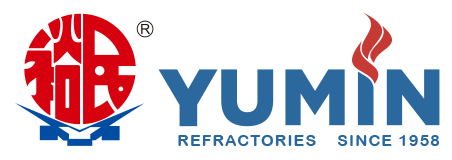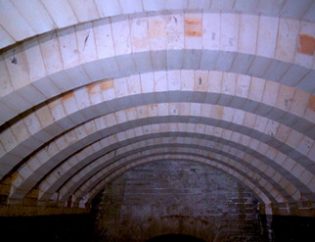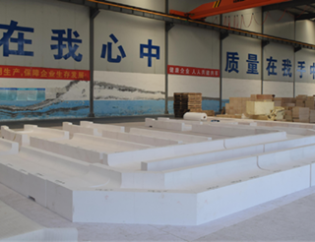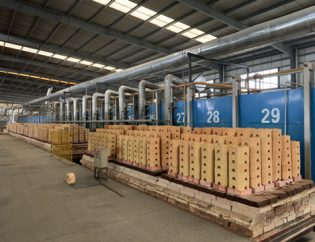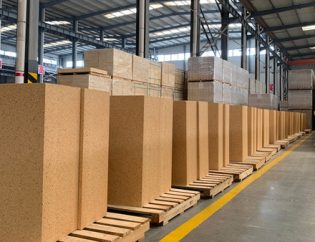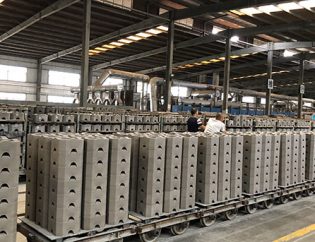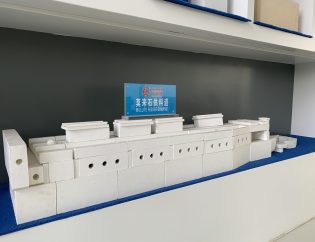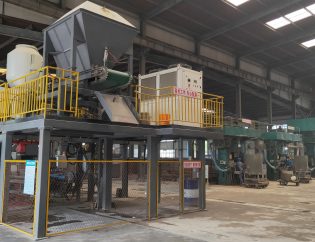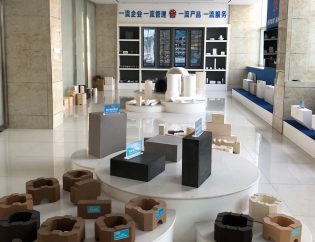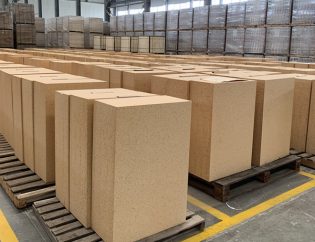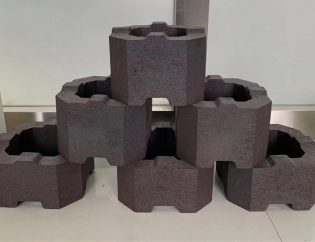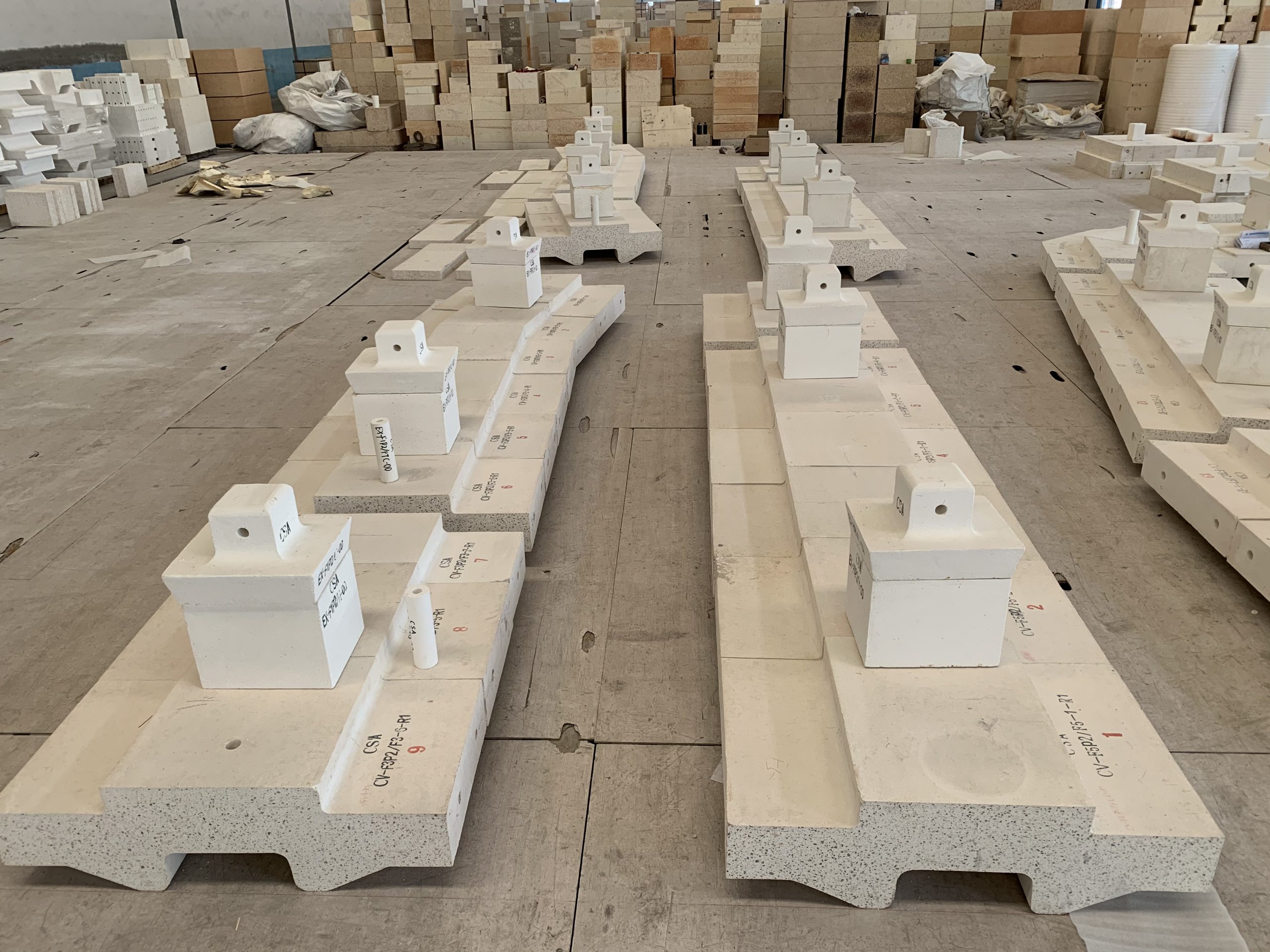
Refractory materials refer to materials that can withstand high temperature’s physical and chemical actions. There must have refractories as the lining and insulation materials in the kiln/furnace. The selection of refractory materials is extremely important in that it will directly affect the performance of the furnace and the cost of the operation, the life cycle of the furnace, and its maintenance costs. When purchasing refractory products should not only consider their cost but also consider whether their performance and quality could meets your requirements. While, how to make the best choice in the selection of refractory bricks has always been a difficult topic for the buyer. If you also have the same concerns, you can refer to the following principles;
The key properties of the refractory materials:
First of all, we must consider the refractoriness of the fire bricks. Refractoriness refers to the performance of refractory materials against high-temperature actions. Indicates the temperature at which the material softens to a certain degree. The refractoriness must be higher than the actual working temperature. For example, the refractoriness of the fire clay bricks is 1730°C, and its service temperature is 1350°C, the refractoriness of the high alumina bricks is 1790°C, its working temperature is 1430°C.
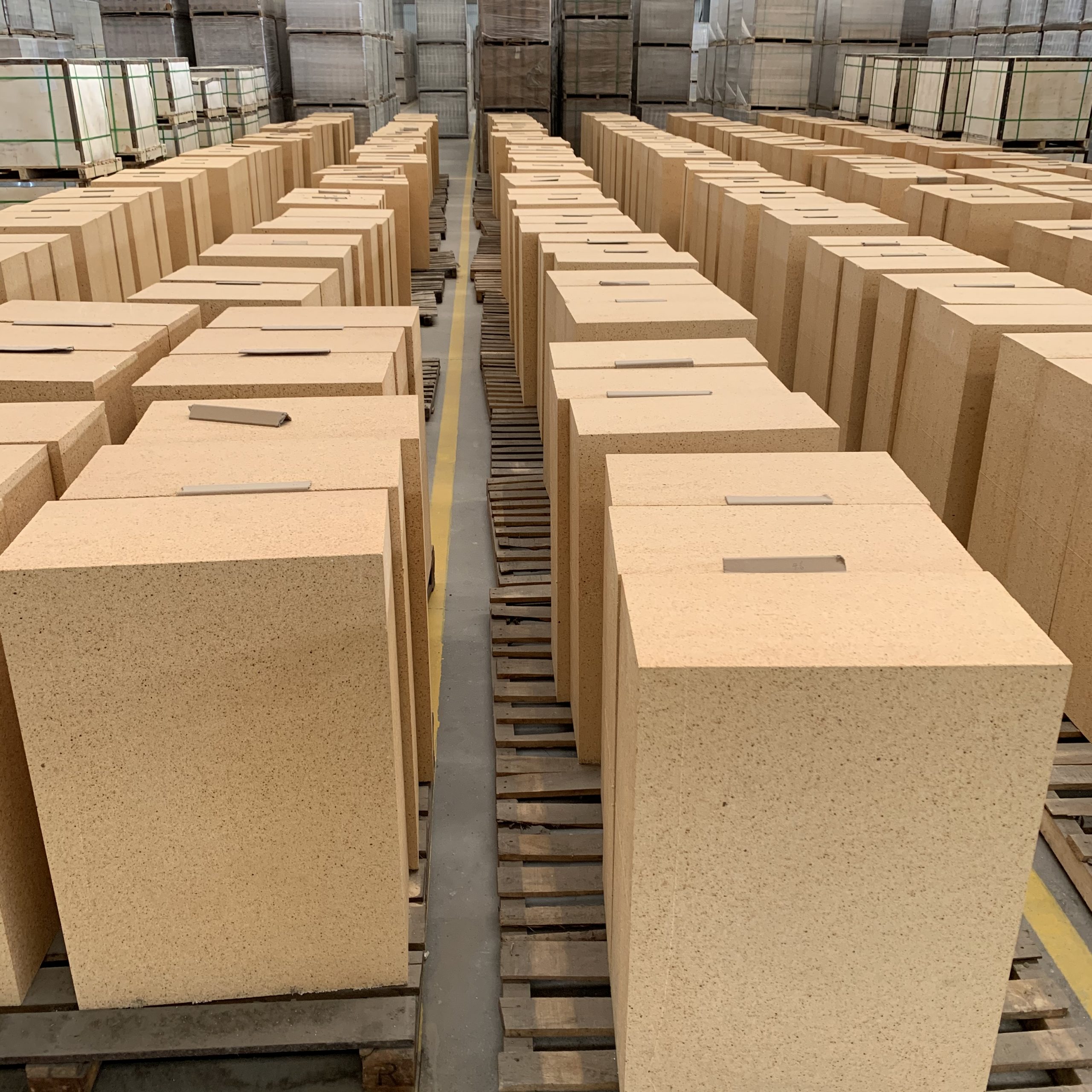
Secondly, the high-temperature structural strength of the refractories. Refractory fire bricks will withstand a certain pressure during uses, and the structural strength of the material will change under increasing temperatures, so the structural crushing strength is a critical specification for refractory bricks, it basically defines the service temperature of the bricks. This is reflected by its refractoriness under load, and the service temperature of the refractories must be lower than its softening point under load. For example, the refractoriness of the fire clay bricks is 1730°C, and its refractoriness under load is 1350°C, so its highest service temperature is 1350°C.
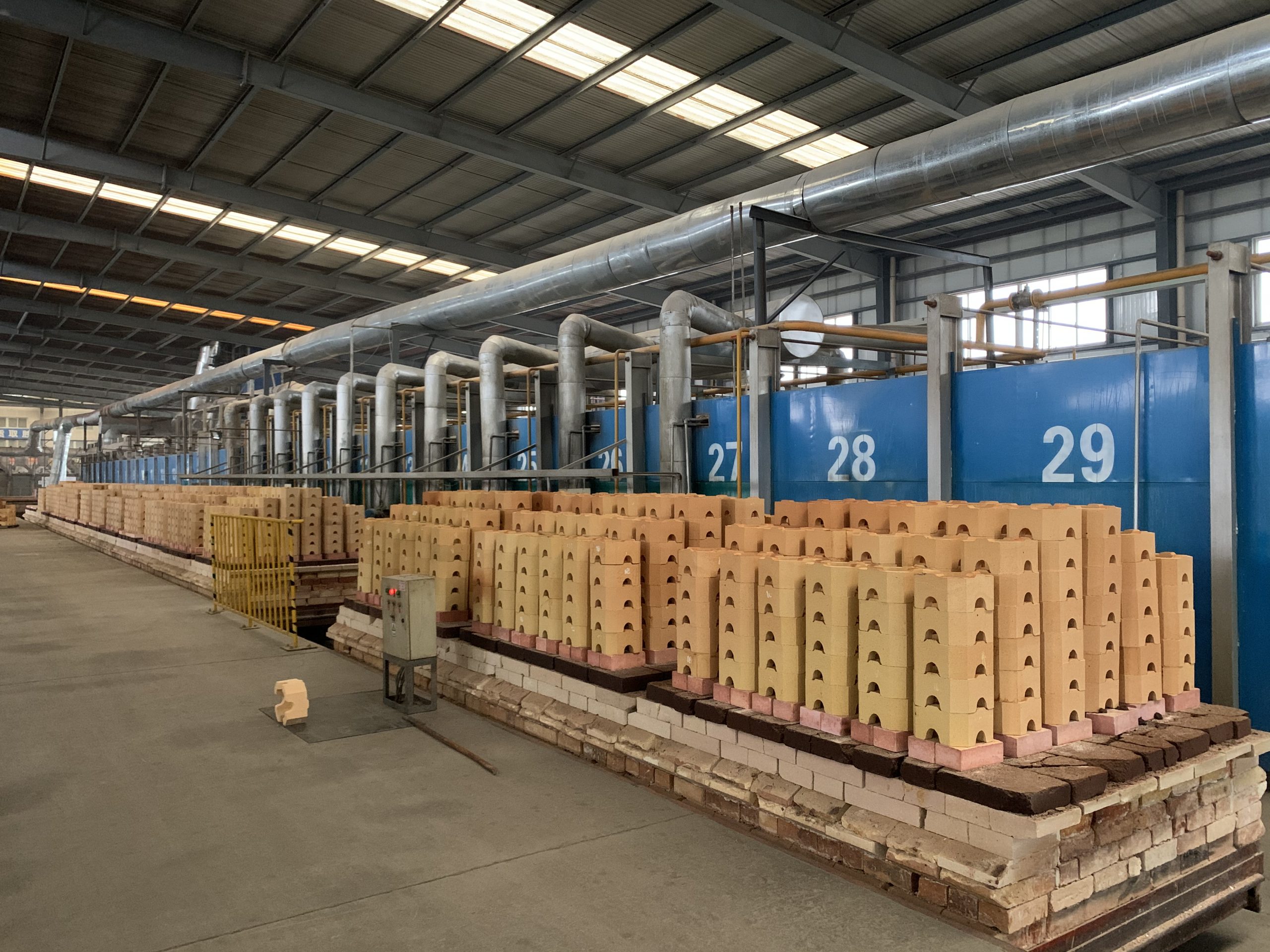
Third, refractories must have excellent thermal stability. There will be large temperature fluctuations in certain parts of the furnace. For example, when the furnace door is opened, cold air enters. The temperature of the furnace lining drops sharply. This requires the refractory material to have a certain degree of thermal stability to ensure normal operation.

Fourth, refractory materials require high-temperature chemical stability. At high temperatures, the chemical properties of the material may change and interact with the sample, furnace gas resulting in failure. This requires consideration of its chemical stability when choosing fire bricks. For example, magnesia refractory bricks can only be used for alkaline slag, while silica bricks can only be used for acidic slag.
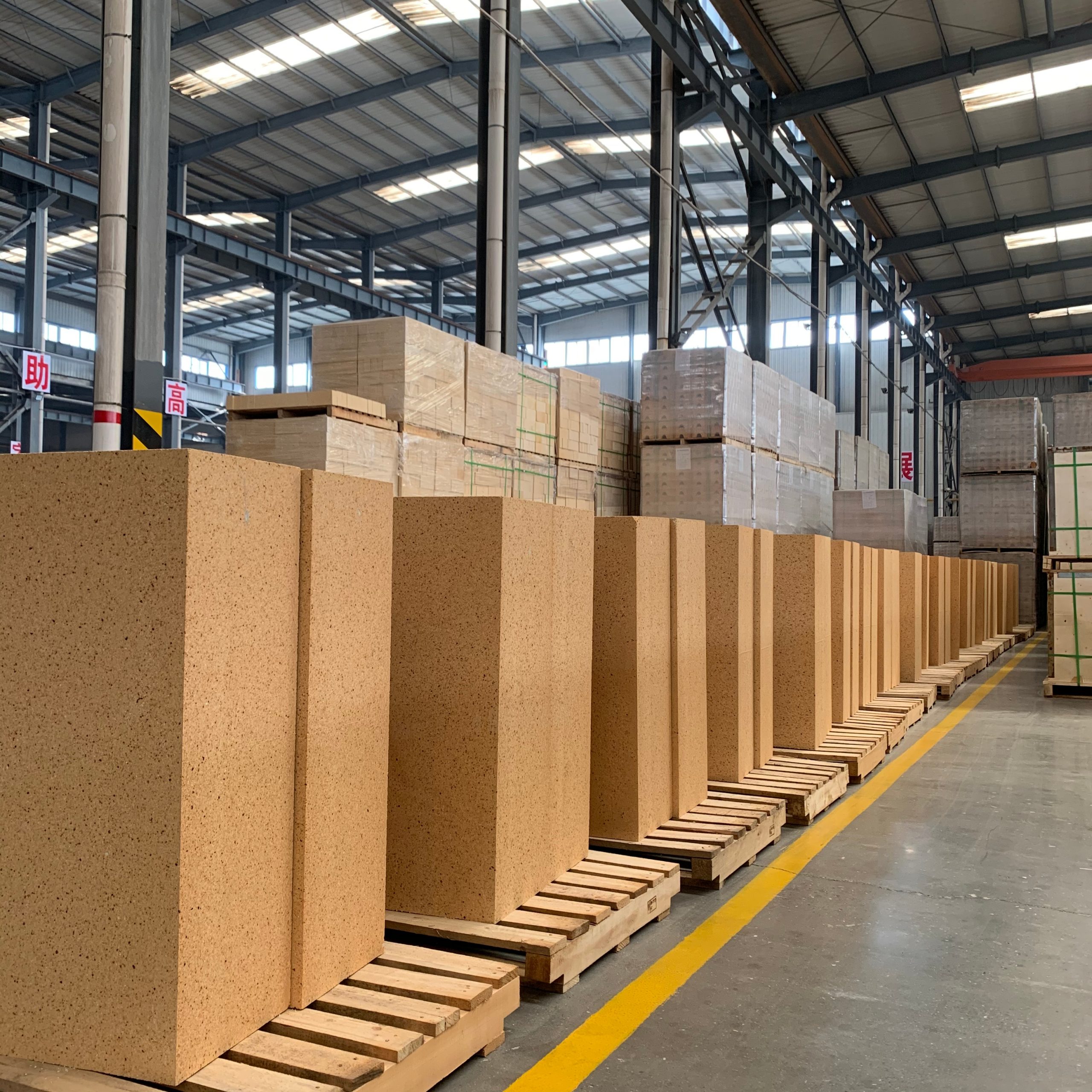
Fifth, the bulk density. There is a very large product series for the refractory materials, and different products have different bulk density requirements, so it doesn’t mean the higher the bulk density, the better the product quality. We need to consider its application for the bulk density specification. Nowadays, to reduce heat storage and energy consumption, choosing lightweight insulating refractories and new ceramic fibers can greatly reduce costs.
